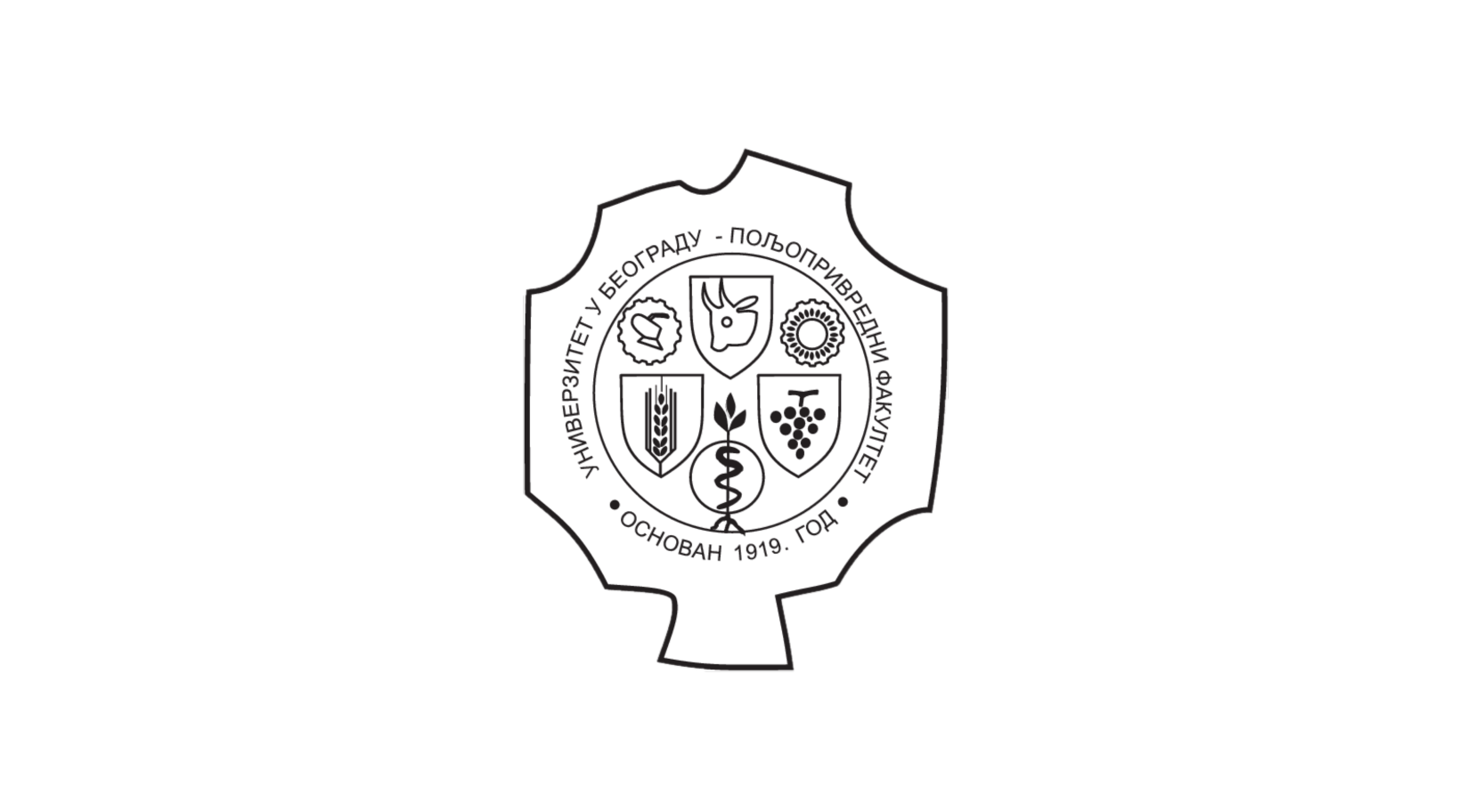Bioactive Proteins and Energy Value of Okara as a Byproduct in Hydrothermal Processing of Soy Milk
Само за регистроване кориснике
2013
Аутори
Stanojević, Sladjana
Barać, Miroljub

Pešić, Mirjana

Janković, Vanja S.
Vučelić-Radović, Biljana

Чланак у часопису (Објављена верзија)

Метаподаци
Приказ свих података о документуАпстракт
The nutritional properties of raw okara obtained as a byproduct from six soybean varieties during hydrothermal cooking (HTC) of soy milk were assessed. The composition and residual activity (rTIA) of trypsin inhibitors (TIs), contents of lectin, proteins, fats, and carbohydrates, and energy values (EV) were correlated with the respective physicochemical properties of soybean and okara. Kunitz (KTI) and Bowman-Birk (BBI) TIs both comprised okara rTIA. TIs content was higher in okara (5.19-14.40%) than in soybean (3.10-12.17%), which additionally enriched okara by cysteine. Contents of KTI (r = 1.00;p lt 0.05) and BBI (r = 0.89;p lt 0.05) as well as BBI monomeric (r = 0.89;p lt 0.05) and polymeric forms (r = 0.95;p lt 0.05) in okara and in soybean were strongly correlated. Low urease index activity indicated that okara was heated adequately to inactivate antinutritional factors. The proximate composition of raw okara, advantageous rTIA, and a very low EV (2.74-3.78 kJ/g) qualify ...this byproduct for potential application in food preparation as a functional ingredient in dietary products.
Кључне речи:
okara / HTC processing / soybean genotype / proteins / carbohydrates / trypsin inhibitors / urease activity / lectin / energy valuesИзвор:
Journal of Agricultural and Food Chemistry, 2013, 61, 38, 9210-9219Издавач:
- Amer Chemical Soc, Washington
Финансирање / пројекти:
- Интердисциплинарни приступ стварању нових сорти соје и унапређењу технологије гајења и дораде семена (RS-MESTD-Technological Development (TD or TR)-31022)
DOI: 10.1021/jf4012196
ISSN: 0021-8561
PubMed: 23978042
WoS: 000330096400026
Scopus: 2-s2.0-84884874021
Институција/група
Poljoprivredni fakultetTY - JOUR AU - Stanojević, Sladjana AU - Barać, Miroljub AU - Pešić, Mirjana AU - Janković, Vanja S. AU - Vučelić-Radović, Biljana PY - 2013 UR - http://aspace.agrif.bg.ac.rs/handle/123456789/3120 AB - The nutritional properties of raw okara obtained as a byproduct from six soybean varieties during hydrothermal cooking (HTC) of soy milk were assessed. The composition and residual activity (rTIA) of trypsin inhibitors (TIs), contents of lectin, proteins, fats, and carbohydrates, and energy values (EV) were correlated with the respective physicochemical properties of soybean and okara. Kunitz (KTI) and Bowman-Birk (BBI) TIs both comprised okara rTIA. TIs content was higher in okara (5.19-14.40%) than in soybean (3.10-12.17%), which additionally enriched okara by cysteine. Contents of KTI (r = 1.00;p lt 0.05) and BBI (r = 0.89;p lt 0.05) as well as BBI monomeric (r = 0.89;p lt 0.05) and polymeric forms (r = 0.95;p lt 0.05) in okara and in soybean were strongly correlated. Low urease index activity indicated that okara was heated adequately to inactivate antinutritional factors. The proximate composition of raw okara, advantageous rTIA, and a very low EV (2.74-3.78 kJ/g) qualify this byproduct for potential application in food preparation as a functional ingredient in dietary products. PB - Amer Chemical Soc, Washington T2 - Journal of Agricultural and Food Chemistry T1 - Bioactive Proteins and Energy Value of Okara as a Byproduct in Hydrothermal Processing of Soy Milk EP - 9219 IS - 38 SP - 9210 VL - 61 DO - 10.1021/jf4012196 ER -
@article{
author = "Stanojević, Sladjana and Barać, Miroljub and Pešić, Mirjana and Janković, Vanja S. and Vučelić-Radović, Biljana",
year = "2013",
abstract = "The nutritional properties of raw okara obtained as a byproduct from six soybean varieties during hydrothermal cooking (HTC) of soy milk were assessed. The composition and residual activity (rTIA) of trypsin inhibitors (TIs), contents of lectin, proteins, fats, and carbohydrates, and energy values (EV) were correlated with the respective physicochemical properties of soybean and okara. Kunitz (KTI) and Bowman-Birk (BBI) TIs both comprised okara rTIA. TIs content was higher in okara (5.19-14.40%) than in soybean (3.10-12.17%), which additionally enriched okara by cysteine. Contents of KTI (r = 1.00;p lt 0.05) and BBI (r = 0.89;p lt 0.05) as well as BBI monomeric (r = 0.89;p lt 0.05) and polymeric forms (r = 0.95;p lt 0.05) in okara and in soybean were strongly correlated. Low urease index activity indicated that okara was heated adequately to inactivate antinutritional factors. The proximate composition of raw okara, advantageous rTIA, and a very low EV (2.74-3.78 kJ/g) qualify this byproduct for potential application in food preparation as a functional ingredient in dietary products.",
publisher = "Amer Chemical Soc, Washington",
journal = "Journal of Agricultural and Food Chemistry",
title = "Bioactive Proteins and Energy Value of Okara as a Byproduct in Hydrothermal Processing of Soy Milk",
pages = "9219-9210",
number = "38",
volume = "61",
doi = "10.1021/jf4012196"
}
Stanojević, S., Barać, M., Pešić, M., Janković, V. S.,& Vučelić-Radović, B.. (2013). Bioactive Proteins and Energy Value of Okara as a Byproduct in Hydrothermal Processing of Soy Milk. in Journal of Agricultural and Food Chemistry Amer Chemical Soc, Washington., 61(38), 9210-9219. https://doi.org/10.1021/jf4012196
Stanojević S, Barać M, Pešić M, Janković VS, Vučelić-Radović B. Bioactive Proteins and Energy Value of Okara as a Byproduct in Hydrothermal Processing of Soy Milk. in Journal of Agricultural and Food Chemistry. 2013;61(38):9210-9219. doi:10.1021/jf4012196 .
Stanojević, Sladjana, Barać, Miroljub, Pešić, Mirjana, Janković, Vanja S., Vučelić-Radović, Biljana, "Bioactive Proteins and Energy Value of Okara as a Byproduct in Hydrothermal Processing of Soy Milk" in Journal of Agricultural and Food Chemistry, 61, no. 38 (2013):9210-9219, https://doi.org/10.1021/jf4012196 . .

